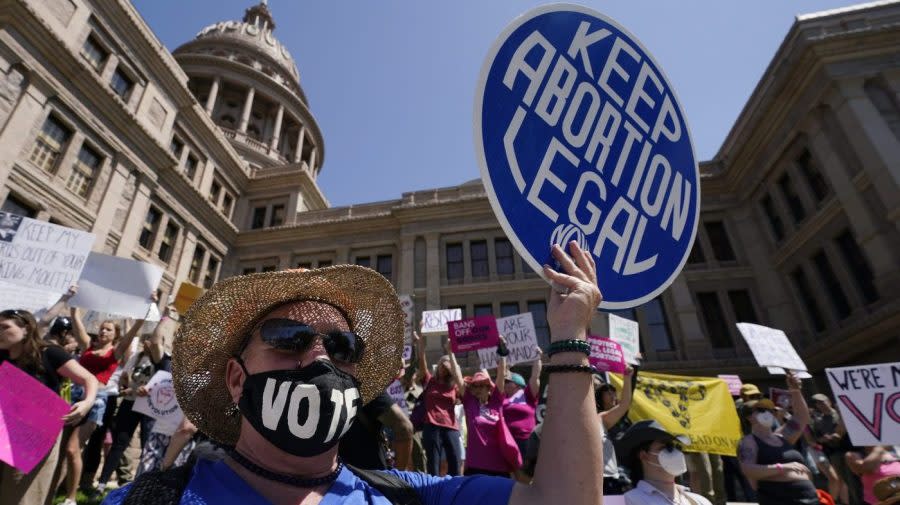Abortions increasing in US despite state bans: Research

Abortion procedures rose in the U.S. last year, even with state abortion bans passed following the Supreme Court’s overruling of Roe v. Wade, according to a study published Tuesday.
An estimated 1,026,690 abortions were reported in the formal health care system in 2023, according to research from the Guttmacher Institute. It’s the highest number measured in the United States in more than a decade.
This is equal to about 15.7 abortions per 1,000 women of reproductive age and a 10 percent increase since 2020, researchers found.
2023 was the first full calendar year since the Supreme Court struck down Roe v. Wade, eliminating the 1973 precedent granting the constitutional right to abortion.
The nation’s high court granted states authority to limit or ban abortion procedures, and in the months that followed, several Republican-led states moved to pass legislation restricting or prohibiting residents’ access to the procedure.
Fourteen states across the nation now have near-total abortion bans, and several states — Arizona, Florida, Georgia, Nebraska, North Carolina, South Carolina and Utah — established laws to restrict abortion access based on how far a patient is into their pregnancy term, the Guttmacher Institute noted.
Almost every state without a total abortion ban saw an average increase of 25 percent in the number of procedures from 2020, the study found. States bordering those with bans saw the largest increase — 37 percent — from 2020 to 2023.
The Guttmacher Institute noted medication abortions accounted for 63 percent of all U.S. abortions in 2023, an increase from 53 percent in 2020. While access has improved to medication abortions, Guttmacher principal research scientist Rachel Jones emphasized this does not mean it is patients’ preferred method.
“Improved access to medication abortion is a positive development, but it is not a panacea,” Jones said in a press release. “As abortion restrictions proliferate post-Dobbs, medication abortion may be the most viable option—or the only option—for some people, even if they would have preferred in-person procedural care.”
“Every person deserves access to abortion care on their terms and according to their needs and preferences—whether that care is via telemedicine, an in-person visit or outside the formal health care system,” she continued.
Researchers used national and state-level abortion data from 2023 and noted their annual estimates are “almost certainly an undercount,” as only abortions reported in the formal U.S. health care system are included.
The estimates are created with a statistical model combining data from provider samples with historical data on the caseload of every U.S. provider, the institute said.
Previous studies have yielded similar results in the aftermath of the Dobbs v. Jackson Women’s Health Organization ruling. An analysis published in the fall by the Society of Family Planning’s WeCount project found clinician-provided abortions rose slightly nationwide following the Supreme Court ruling, though abortions dipped significantly in states with abortion bans.
For the latest news, weather, sports, and streaming video, head to The Hill.

